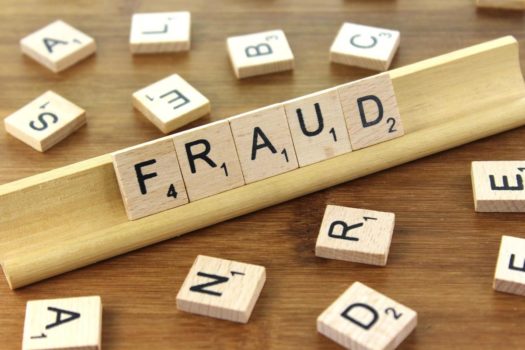The Coming of Age of Mobile Programmatic: Fraudulent Desktop Practices Moving to Mobile
by Lindsay Rowntree on 30th Nov 2016 in News

Much has been written about ad fraud as a growing advertising concern recently; and various studies have attempted to quantify the scale of the problem. The Association of National Advertisers (ANA), for example, suggests that the corresponding wasted advertising investment, due to bot fraud, amounts to USD$7bn (£4.8bn) this year alone. Many of these articles and studies talk only about fraud on the supply side of the ecosystem, with bots simulating legitimate publishers. It’s far less common to read about fraud on the demand side of the ecosystem, however. As Noelia Amoedo (pictured below), CEO, Mediasmart, explains to ExchangeWire, there is a lot to discuss here, especially if we widen the meaning of fraud to include unethical advertising practices.
One sign that mobile programmatic is coming of age is that many of the shady practices in the desktop world are also moving into the mobile ecosystem. We regularly see so-called ‘agencies’ pretending to represent a legitimate advertiser running clean campaigns they will never pay for, or campaigns that are legitimate in appearance, but redirect users to a phishing site or fraudulent contest.
If we want the mobile programmatic ecosystem to thrive, we must ensure that all the players involved actually trust it. This should mean not only that advertisers trust that they are not buying bot traffic, but that publishers are assured they’re not exposing their customers to fraudulent ads.
For a demand-side platform, the easiest way to ensure quality would be to simply not allow any customers to work with their own ad tags – but this is clearly not an option. DSPs telling their customers that they can’t add or upload their own ad tags would either heavily harm their bottom line, or over-expand their remit to offering dynamic creative optimisation solutions or providing their own rich media creation and ad serving capabilities.

Noelia Amoedo, CEO, Mediasmart
Legitimate advertisers frequently need to use their own tags for creative optimisation solutions, or when they want to serve different creatives to different audience segments, for example. In these instances, if they’re not allowed to upload specific tags they need to be provided with an alternative solution. It’s also true that many clients just don’t want to use a standard ad server with all the information in one place.
Whilst players on the demand side, especially those offering self-service, face a challenge, they are also well positioned to fight fraudulent ads – so how can this be done in practice?
Internal processes that don’t allow fraudulent campaigns into the system are necessary; but simple manual scanning of creatives is not nearly enough. Fraudsters never make it obvious that they are committing fraud; and in order to catch them you definitely need a third-party vendor that focuses on winning the never-ending battle. The requirement for a third-party ad quality vendor is also one of sheer volume: you need to automatically scan your creatives many times per hour if you want to have a chance to identify and address shady behaviour.
In order to fight modern day fraud as a DSP you need fully automated auditing processes, making sure creatives go live only when they have successfully passed a number of scans and a visual audit. You must also perform ad scans continuously and automatically block any creative that is found in violation of ad quality policies.
The only downside of any ad quality tool is the false-positive element; and there will always be a degree of revenue loss through misidentification. However, having a system in place that identifies and blocks fraud will reinforce trust from publishing partners and ensure they continue to confidently issue their premium inventory. In turn, it is also critical for advertisers to work with demand platforms that precisely maximise ad quality to ensure access to that premium inventory – taking ad quality seriously is in the best interest of a DSP's business.
There’s clearly an urgent need to educate advertisers about how to weed out unethical practices within our ecosystem – and with the right tools we can protect valuable advertising inventory and maintain the quality necessary to protect our industry’s reputation.








Follow ExchangeWire